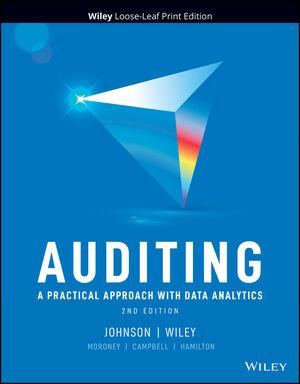Question
The new director of foodservices for the Evergreen Computer Company, Jeff Jordan, has some real concerns. He was hired to turn around the foodservice operation
The new director of foodservices for the Evergreen Computer Company, Jeff Jordan, has some real concerns. He was hired to turn around the foodservice operation that was experiencing major financial difficulties. Upper-level management noticed that the net profit of the foodservice operation had dropped from nearly $40,000 in the first quarter to less than $15,000 in the fourth quarter in spite of rising sales. Jeff's job is to identify the problem and fix it.
As Jeff analyzed the profit and loss statement (see Profit and Loss Statement), it became clear that the item that was rising the fastest was the cost of goods sold. This increase was occurring in an environment where the cost of living had increased by 2.5 percent on an annual basis. Cost of goods sold includes the cost of food used to produce meals. Controllable expenses that include salaries and wages, employee benefits, direct operating expenses, energy and utility services, administrative and general expenses, and repairs and maintenance had increased but still constituted 47 percent of the income from sales. Jeff considered controllable expenses to be under good control. The previous director had thought that an appropriate strategy to increase net income was to increase prices for meals. Upper-level management did not view raising prices favorably if there was any other way to avoid losses. The company provided the space for the foodservice rent-free and they believed that there should be some profits accruing to the organization. The way things were going it looked as if the next quarter could show a loss in net income.
Evergreen Computer Company is the headquarters, the major manufacturing location, and the warehouse for a computer firm that produces both personal computers and software to support business applications. There are approximately 1,100 employees in the headquarters building with another 1,200 employees in the manufacturing facility and warehouse. Food is prepared in the main kitchen in the headquarters and is served there in a cafeteria as well as in several satellite cafeterias scattered throughout the complex. There are also a number of mobile carts that provide food for coffee breaks and light snacks in a variety of areas. The mobile carts carry a cash drawer to accept payment for products sold.
Food costs are determined by adding up all costs of food received plus the beginning inventory. The ending inventory is subtracted to provide the cost of food used during the time period (see Inventory Reconciliation).
The production manager routinely submits requisitions to the storeroom for needed ingredients and supplies. These are delivered to the production area on a daily basis. Jeff noticed that the storage facilities are not always locked. Additionally when ingredients are forgotten, the production staff goes to the storage area and picks up needed items. There are many doors in and out of the various production and service units through which people can pass at will. The cashiers in all of the cafeterias are longtime employees who use POS registers. They have many friends among the employees of the computer firm who they greet by name and engage in conversation.
The receiving and storage systems are completely computerized so that a perpetual inventory is maintained. The purchasing manager uses the perpetual inventory to order. Frequently, however, products that are listed as available in the computer are not found in the storage facilities. A physical inventory is conducted once each quarter to verify the perpetual inventory (see Inventory Reconciliation). When Jeff compared the physical inventory with the requisitions, there was shrinkage of over $55,000 in three months.
How can Jeff improve net income?
Profit and Loss Statement
|
| 1st quarter | 2nd quarter | 3rd quarter | 4th quarter |
| Sales | $760,518 | $771,144 | $780,252 | $787,842 |
| - Cost of goods sold | 325,502 | 341,851 | 355,449 | 378,765 |
| = Gross profit
| 435,016 | 429,293 | 424,803 | 409,077 |
| - Controllable expenses | 357,443 | 363,438 | 366,718 | 370,286 |
| = Income before interest and depreciation
| 77,573 | 65,855 | 58,085 | 38,791 |
| - Interest | 7,605 | 7,605 | 7,605 | 7,605 |
| - Depreciation | 9,126 | 9,126 | 9,126 | 9,126 |
| = Income before taxes
| 60,842 | 49,124 | 41,354 | 22,060 |
| - Taxes | 21,294 | 17,544 | 14,474 | 7,721 |
| =Net income | $ 39,548 | $ 31,580 | $ 26,880 | $ 14,339 |
Inventory Reconciliation
Value of inventory on 1 October $ 3,500
+ Food purchases (Oct-Dec) 379,965
= Cost of food available 383,465
- Inventory on 1 January 4,700
= Cost of food used 378,765
- Cost of direct and requisition issues 323,997
= Differences $ 57,768
Step by Step Solution
There are 3 Steps involved in it
Step: 1

Get Instant Access to Expert-Tailored Solutions
See step-by-step solutions with expert insights and AI powered tools for academic success
Step: 2

Step: 3

Ace Your Homework with AI
Get the answers you need in no time with our AI-driven, step-by-step assistance
Get Started


